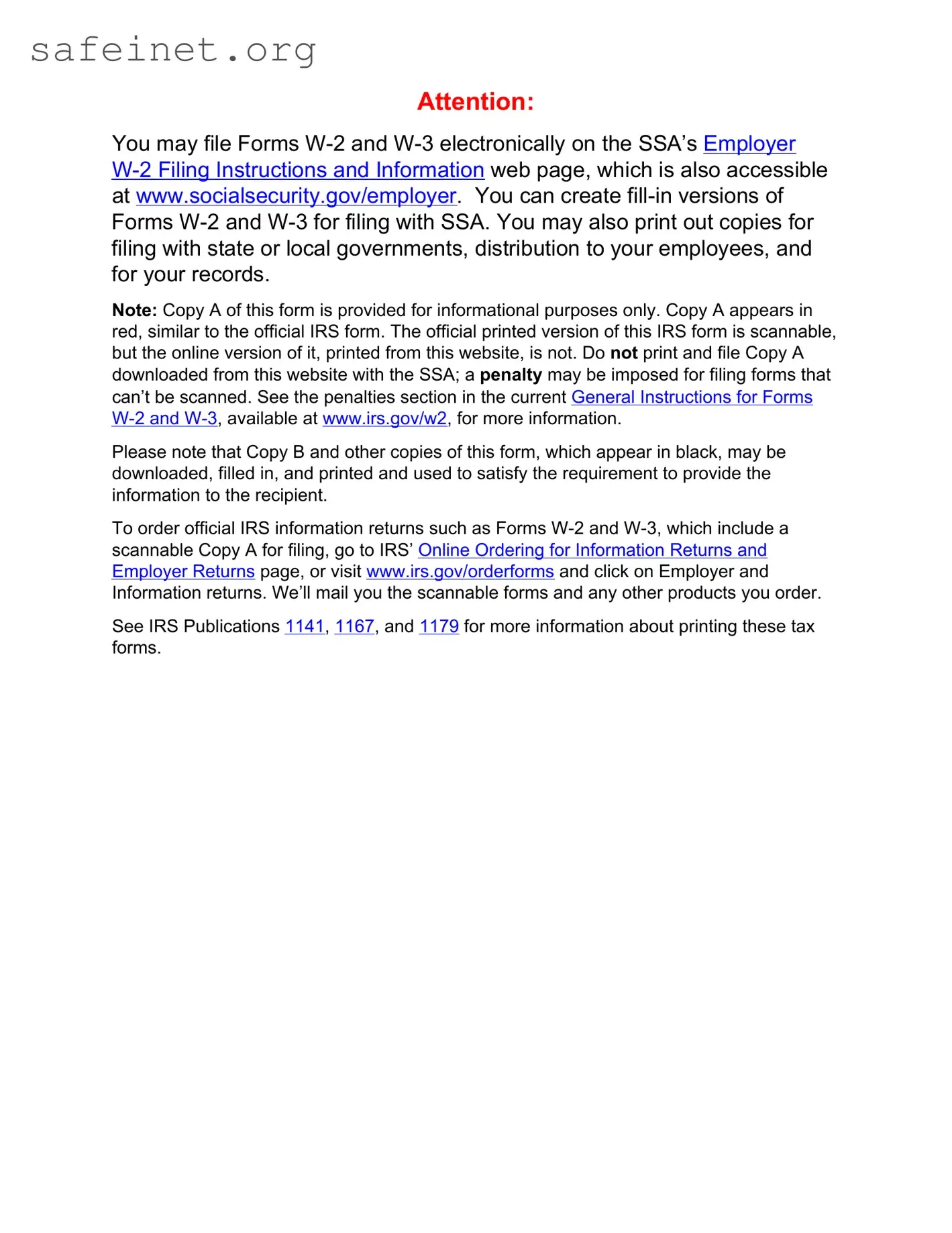What is the Circle K W2 form?
The Circle K W2 form is a wage and tax statement used to report the income an employee earned during the tax year and the taxes withheld from their pay. Employers are required to provide this form to their employees by January 31 of each year. It is essential for employees to report their earnings accurately when filing their tax returns.
How can I obtain my Circle K W2 form?
You can receive your W2 form directly from your employer, Circle K. They may provide it in physical form or electronically. If you have not received it by mid-February, it’s advisable to contact your Human Resources department to request a copy.
What should I do if my W2 form has incorrect information?
If you notice any inaccuracies on your W2 form, such as an incorrect name, Social Security number, or wage amount, you should correct Copies B, C, and 2 and request your employer to file Form W-2c, which is a corrected wage and tax statement. Keep your own copies of any corrected forms for your records.
Do I need to file my Circle K W2 form with my tax return?
Yes, you must include Copy B of your W2 when filing your federal tax return. This form is essential as it provides the IRS with your income information. Ensure that you file it with your Form 1040 or 1040A by the tax deadline to avoid penalties.
What if I worked at Circle K for only part of the year?
Even if you worked at Circle K for only a portion of the year, you'll still receive a W2 form detailing your earnings for the months you were employed. All earnings must be reported, so keep track of your W2s from previous employers if applicable.
What do the codes in Box 12 on my W2 form represent?
The codes in Box 12 correspond to various types of compensation or deductions you might have. They provide additional information for your tax return, such as contributions to retirement plans or health coverage costs. Review the instructions associated with your W2 to understand what each code means.
What should I do if I didn’t receive a W2 form from Circle K?
If you have not received your W2 form, reach out to your HR department immediately. They can provide a duplicate or explain why it may have been delayed. If your employer cannot assist you and it’s after the January 31 deadline, you may contact the IRS for further guidance.
How do I file my W2 form electronically?
You can file your W2 form electronically by using the IRS's e-file options. Employers can file electronically through the SSA's Employer W-2 Filing Instructions and Information web page. You can also utilize various tax software programs that guide you through the process of uploading your W2 information.
Is there a penalty for filing an incorrect W2 form?
Yes, there can be penalties if you file an incorrect W2 form with the SSA. Ensure that your form contains accurate information before submission. For comprehensive penalties related to errors or improper filings, you can find more details in the General Instructions for Forms W-2 and W-3 available on the IRS website.
What resources are available for additional help with my W2 form?
For more information regarding your W2 form and how to handle any issues, refer to the IRS website. The IRS provides a wealth of resources, including publications and forms that can assist you in understanding the filing process and requirements. If needed, consider consulting a tax professional for personalized guidance.






